In this month’s Decoded column, I answered several questions about the UL 294 and UL 1034 listings required for certain types of electrified hardware systems.
~~~
This Decoded article was published in Door Security + Safety
.

In 1903, Underwriters Laboratories (UL) published their first safety standard, for tin-clad fire doors. Twelve decades later, the organization has developed more than 1,700 standards for a wide range of products. Most members of the door and hardware industry are familiar with at least two of the UL standards that are referenced by the model codes:
- UL 10C, Standard for Positive Pressure Fire Tests of Door Assemblies: The model codes require side-hinged or pivoted swinging fire door assemblies to be tested in accordance with either UL 10C or NFPA 252, Standard Methods of Fire Tests of Door Assemblies. For tests conducted in accordance with NFPA 252, the fire test must follow the positive pressure method specified in the standard. These standards test the fire endurance of a swinging door, frame, and hardware assembly, to verify the assembly’s capability of preventing the passage of fire. Each component of a fire door assembly must be listed for this purpose.
- UL 305, Standard for Panic Hardware: The model codes require panic hardware and fire exit hardware to be listed to UL 305, passing the endurance, emergency operation, elevated ambient exposure and low temperature impact tests described in the standard. The purpose of this test standard is to verify quality components and design, as well as the strength and ability of the latches and actuating hardware under load. A product that has not successfully achieved this listing can not be installed in locations where the adopted code requires panic hardware listed to UL 305.
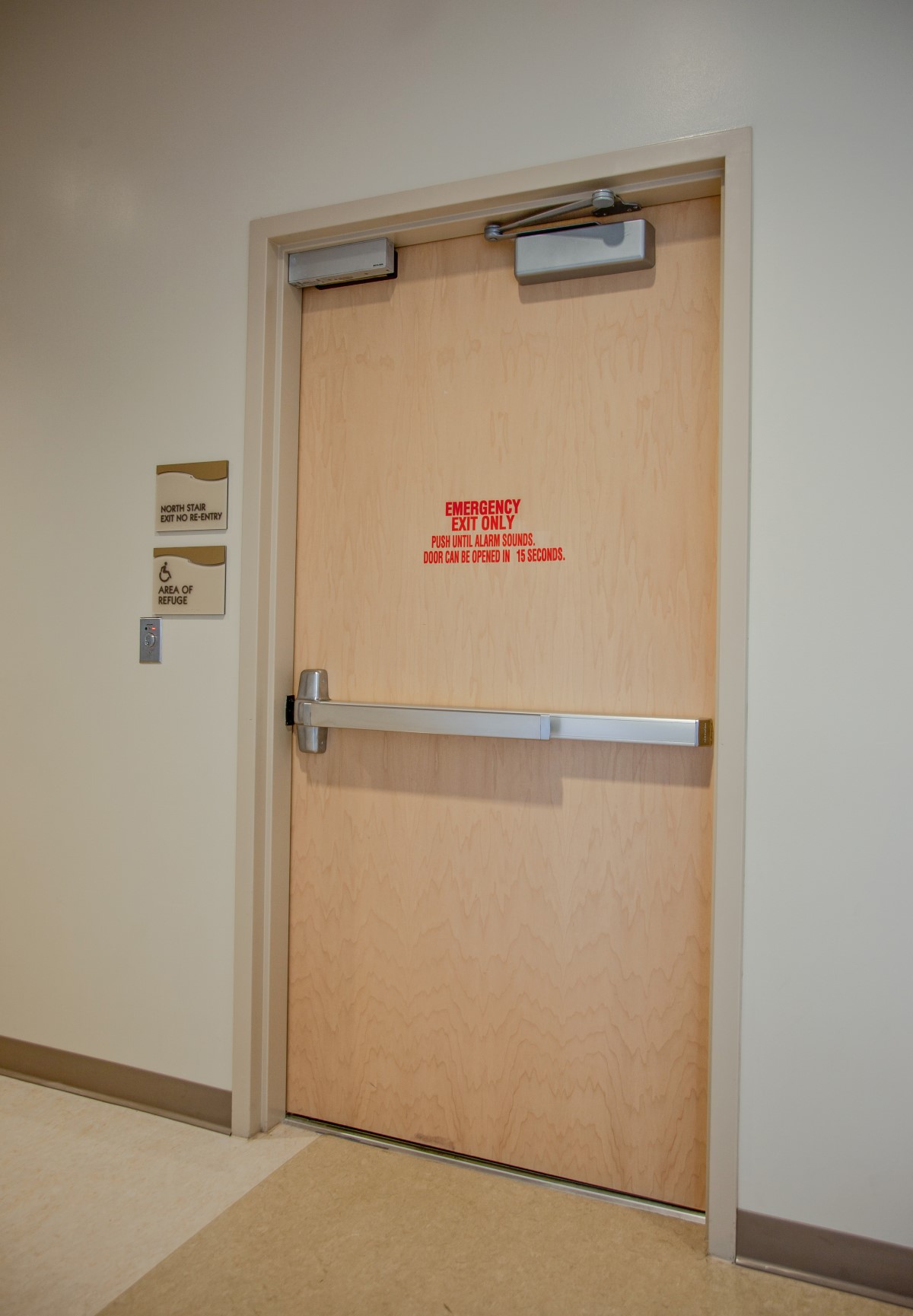
The model codes require electrified hardware used in special locking arrangements to be listed in accordance with UL 294 or UL 1034; this alternative is new in the 2024 model codes.
Of the more than 50 UL standards referenced by the model codes, there are two UL standards related to electrified hardware that have caused confusion since they first began to appear in the model codes starting with the 2009 editions:
- UL 294, Standard for Access Control System Units: This standard defines the minimum requirements applicable to the construction, performance, and operation of access control systems, including tiered characteristics to meet four levels of security performance.
- UL 1034, Standard for Burglary-Resistant Electric Locking Mechanisms: The requirements of this standard apply to the construction, performance, and operation of burglary-resistant electric locking mechanisms and related devices used to secure and release doors.
Below are answers to some frequently asked questions regarding the UL 294 / UL 1034 listings for electrified hardware:
Do the model codes require/permit electrified hardware to have either the UL 294 or UL 1034 listings?
Beginning with the 2009 edition of the NFPA codes and the 2012 edition of the I-Codes, the UL 294 listing was required for certain types of electrified hardware systems, typically the “special locking arrangements.” For example, in 2021 edition of the IBC, the section addressing delayed egress locks states: The delayed egress locking system units shall be listed in accordance with UL 294.
This language, found in several sections of the model codes, was changed in the 2024 editions. In the 2024 IBC, the delayed egress section states: The electromechanical or electromagnetic locking device shall be listed in accordance with either UL 294 or UL 1034.
This change means that when a jurisdiction has adopted an edition of the I-Codes or NFPA codes between 2009 and 2021, the code would require the UL 294 listings for certain types of systems. When a jurisdiction adopts the 2024 editions or when allowed by the authority having jurisdiction (AHJ), either the UL 294 or UL 1034 listings would be acceptable for the applicable systems.
Do all components of the applicable systems require these listings?
Referencing the excerpts above, this question was also clarified by the changes made in the 2024 model codes. The 2021 IBC required the listing for “delayed egress locking system units”, but it was unclear which components would need to be listed. Would the power supply, power transfer, switches, etc., be considered delayed egress locking system units? The 2024 IBC clearly states that the electromechanical or electromagnetic locking devices must be listed; the other components of the system would not require the listing.
Which types of electrified hardware systems require these listings?
The following table illustrates which sections in the 2024 model codes require the electromechanical or electromagnetic locking hardware used in these systems to be listed to either UL 294 or UL 1034.
| 2024 I-Codes | 2024 NFPA 101 | Application |
| 1010.2.10 Door hardware release of electrically locked egress doors | 7.2.1.6.3 Door hardware release of electrically locked egress door assemblies | Electrified locking hardware (typically electromagnetic locks) that are released by a switch in the door-mounted hardware |
| 1010.2.11 Sensor release of electrically locked egress doors | 7.2.1.6.2 Sensor release of electrical locking systems | Electrified locking hardware (typically electromagnetic locks) that is released by a sensor to allow egress |
| 1010.2.12 Delayed egress locks | 7.2.1.6.1 Delayed egress electrical locking systems | Delayed egress locks that release within 15 seconds after actuation of the release timer (or 30 seconds when approved by the AHJ) |
| 1010.2.13 Controlled egress doors in Groups I-1 and I-2 | 18.2.2.2.5.3/19.2.2.2.5.3 Controlled egress door locking arrangements in health care facilities | Electrified locking of egress doors in certain types of units in a health care facility |
| 1010.2.14 Elevator lobby exit access doors | 7.2.1.6.4 Elevator lobby exit access door locking | Elevator lobby doors that unlock during a fire alarm to allow occupants of the elevator lobby to pass through a tenant space to reach an exit |
| N/A – The section of the I-Codes applicable to stairwell re-entry does not currently require the listings. | 7.2.1.5.7 Stair Enclosure Re-entry
|
Stairwell doors that are electrically locked on the stair side and must release for re-entry |
.
Note: NFPA 101-2024 requires the listings for “new installations”, but this is not specifically stated in the section addressing elevator lobby systems. In addition, the health care chapters of NFPA 101-2024 do not reference UL 294 / UL 1034 in the code, instead requiring the hardware for new electric lock installations to be “listed for the purpose.” The UL listings are referenced in the Annex A paragraphs for the sections addressing controlled egress in health care facilities.
Which types of electrified hardware systems do not require these listings?
It is important to refer to the adopted codes to verify whether the listings are required or which listings are permitted. For example, the IBC does not currently require these listings for stairway doors with electrified locks for reentry, but NFPA 101 does. And depending on which edition of a code has been adopted, UL 1034 may be an acceptable option to UL 294, or the adopted code may require UL 294 without allowing UL 1034 as an alternative. State and local codes may also be modified to include different requirements.
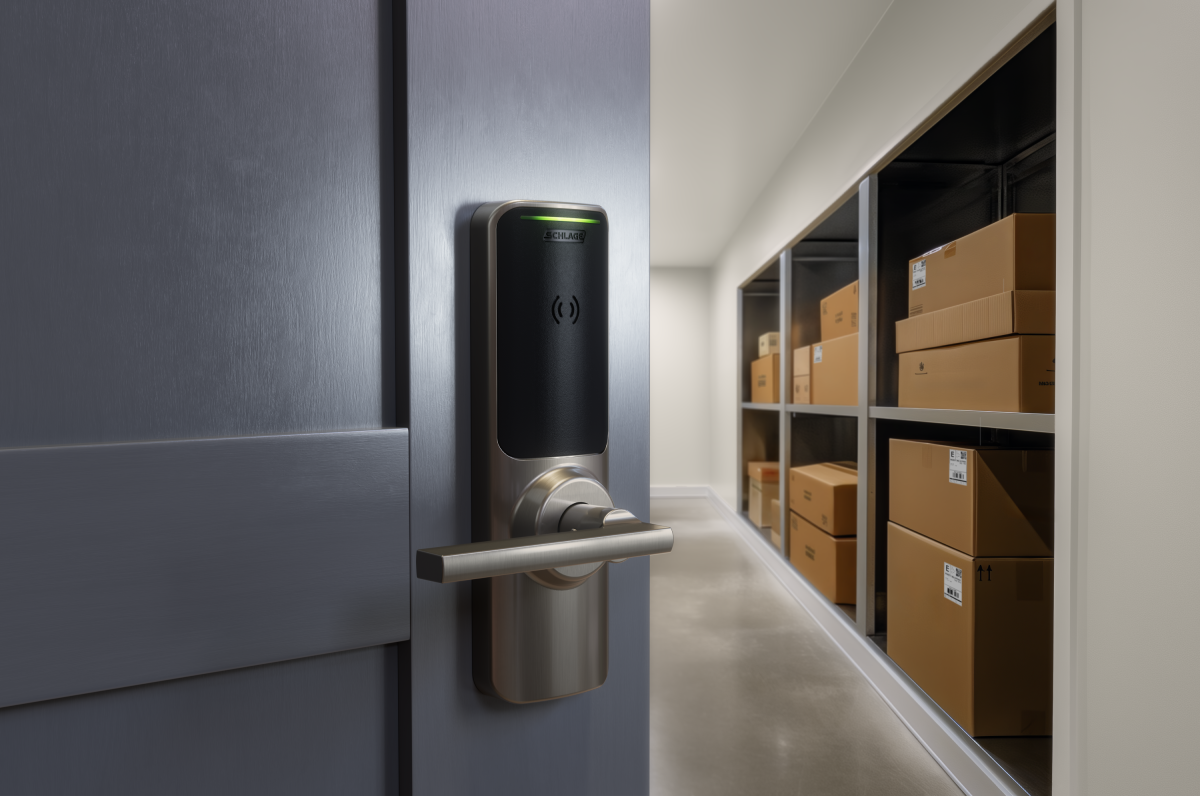
Electrified hardware that allows free egress via normal operation of the hardware is not considered a special locking arrangement, and is not required by the model codes to carry the UL 294 or UL 1034 listings.
While most electrified locking hardware is listed to either UL 294 or UL 1034, the most common type of access control system is not required by the model codes to carry either listing. In contrast with the special locking arrangements which might have an effect on egress, the most common electrified hardware application allows free egress regardless of the status of the access control system. These systems are often called “normal locking arrangements.” The electrified locks used in these applications are not required by the model codes to be listed to UL 294 or UL 1034, if the doors are readily openable from the egress side without the use of a key or special knowledge or effort.
Keep in mind that the model codes may require a particular hardware item to be listed to more than one standard. For example, according to the 2024 model codes, delayed egress panic (fire exit) hardware installed on a fire door assembly would need the UL 305 listing for panic hardware, the UL 10C listing for fire door assembly components, and either the UL 294 or UL 1034 listing. To determine whether a product carries the required UL listing, refer to UL Product iQ and the Intertek Directory of ETL Listed Products.
You need to login or register to bookmark/favorite this content.

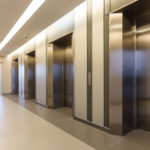
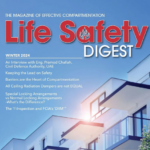
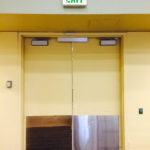
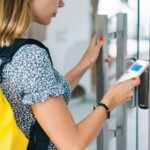
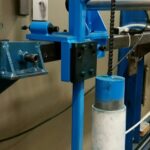
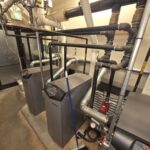
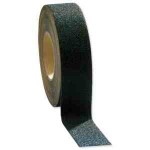
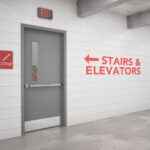
Leave A Comment